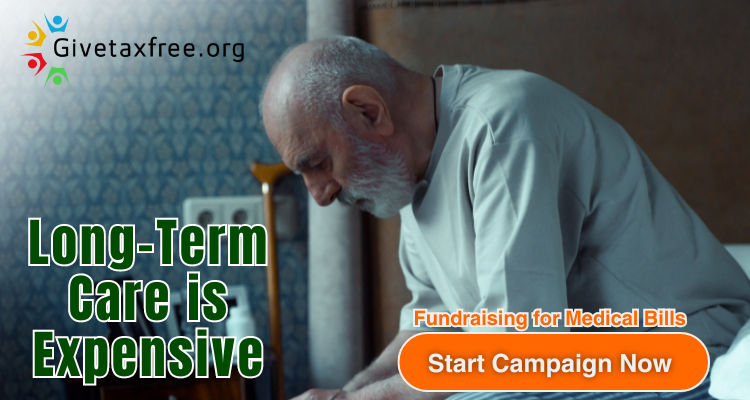Learning Outcomes: Ensure each video contributes to specific learning outcomes or educational standards
Learning outcomes in the context of kids’ learning videos refer to specific goals or objectives that educators, parents, or creators aim to achieve through the content presented in the video. These outcomes are essential as they guide the design, development, and assessment of the video’s effectiveness in promoting children’s learning and development.
### Importance of Learning Outcomes in Kids’ Learning Videos
1. **Educational Alignment**: Learning outcomes ensure that the content of the video aligns with educational standards and goals appropriate for the target age group. For example, a video aimed at preschoolers might focus on early literacy skills like letter recognition or phonics.
2. **Focus and Clarity**: By clearly defining learning outcomes, creators can maintain focus on specific concepts or skills they want children to acquire or reinforce. This helps in avoiding unnecessary distractions and ensures the video is purposeful.
3. **Assessment and Evaluation**: Learning outcomes provide a basis for assessing the effectiveness of the video. Educators and parents can evaluate whether children have achieved the intended learning goals by observing their responses or progress after watching the video.
4. **Progress Tracking**: Learning outcomes help in tracking children’s progress over time. If a series of videos is designed to build upon each other, clear learning outcomes ensure that each video contributes progressively to children’s understanding and skills development.
### Examples of Learning Outcomes in Kids’ Learning Videos
– **Numeracy Skills**: Learning to count, recognize numbers, understand basic arithmetic concepts (e.g., addition, subtraction).
– **Literacy Skills**: Letter recognition, phonics, sight words, vocabulary building, storytelling.
– **Scientific Concepts**: Introduction to basic scientific principles like states of matter, plant life cycle, animal habitats.
– **Social and Emotional Skills**: Teaching empathy, sharing, problem-solving, emotional awareness.
– **Cognitive Development**: Developing critical thinking skills, memory enhancement techniques, logical reasoning.
### Implementing Learning Outcomes in Videos
– **Clear Objectives**: Start by clearly defining what children should learn or achieve by the end of the video.
– **Structured Content**: Organize the video content around these objectives, ensuring each segment or activity contributes directly to achieving the learning outcomes.
– **Assessment Tools**: Include interactive elements or follow-up activities that allow children to apply what they’ve learned, providing opportunities for assessment.
### Monitoring and Adjusting
– **Feedback Mechanism**: Encourage feedback from parents, educators, or children themselves to gauge the effectiveness of the video in achieving its learning outcomes.
– **Iterative Improvement**: Use feedback and analytics to make iterative improvements to future videos, adjusting content or delivery methods to better meet learning goals.
In summary, learning outcomes in kids’ learning videos are crucial for ensuring educational effectiveness and alignment with developmental goals. They guide the creation process, assessment, and improvement of videos designed to support children’s learning and growth in various domains.













![A Limitless Mind: Jim Kwiks Secrets to Unlocking Your Brains Potential | The Ultimate Human | Ep. 75 [Video]](https://neurosupportgiving.com/wp-content/uploads/2024/07/mp_239657_0_0jpg.jpg)
![Healing After Loss: Transform Grief into Growth!!! [Video]](https://neurosupportgiving.com/wp-content/uploads/2024/07/mp_236888_0_0jpg.jpg)
![10 SIGNS OF ALZHEIMERS DISEASE [Video]](https://neurosupportgiving.com/wp-content/uploads/2024/07/mp_235014_0_0jpg.jpg)
![What resources are available? [Video]](https://neurosupportgiving.com/wp-content/uploads/2024/07/mp_234984_0_0jpg.jpg)

